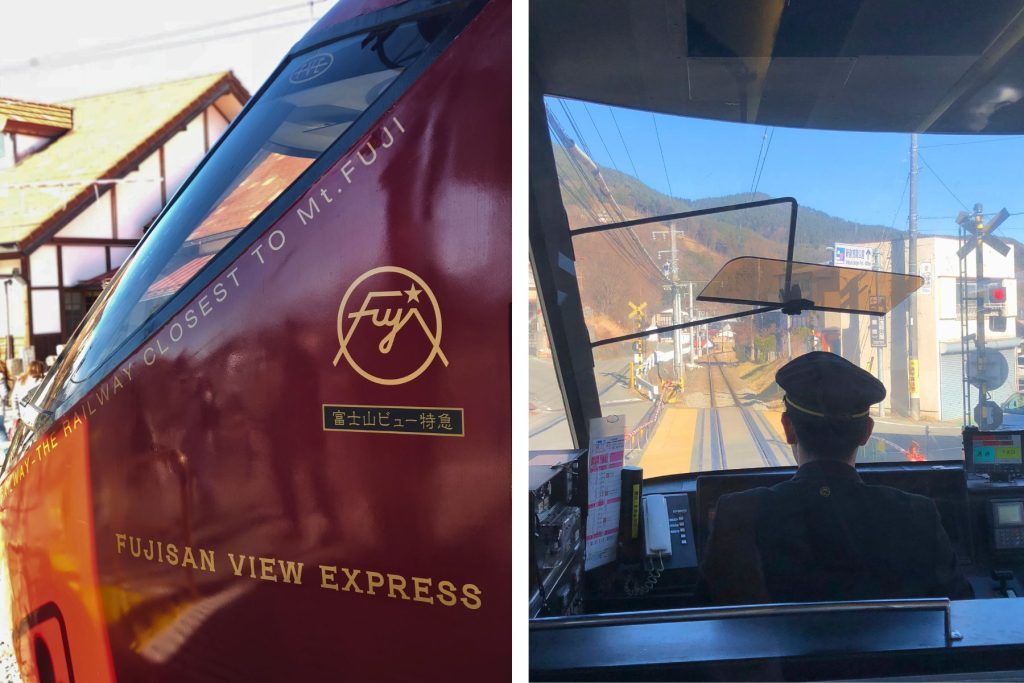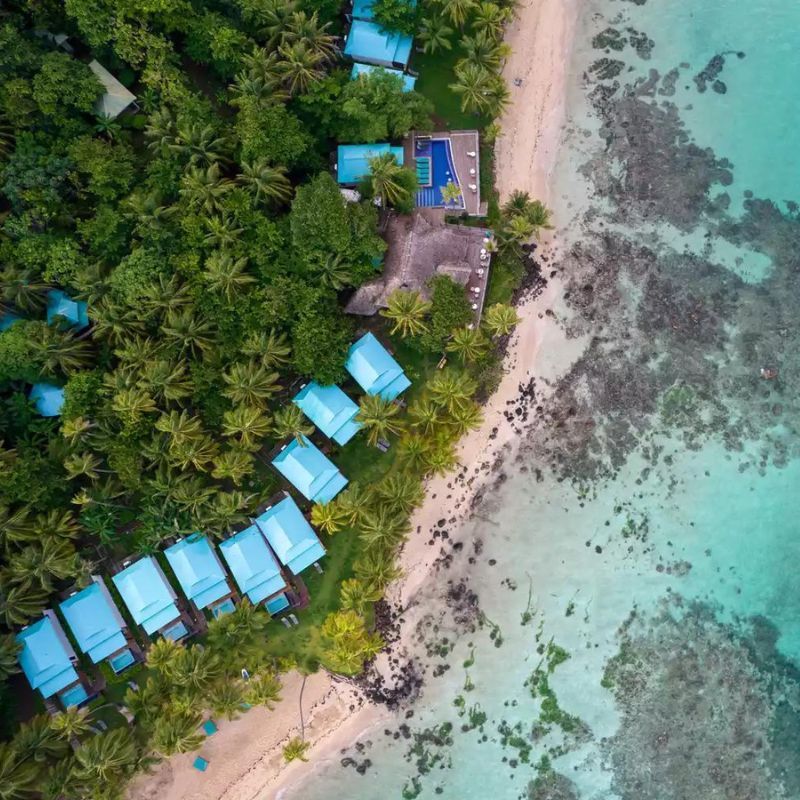
While the price is almost doubling, the JR Pass is still worth it if you want to travel farther and deeper into Japan by ever-romantic rail. We break it down, and suggest four of the best destinations to, ahem, train your sights on across Japan.

JAPAN HAS ALWAYS BEEN a train-loving country even before conscious travelers started touting the superiority of rail travel. It’s hard not to fall in love with the Japanese train system—it’s notoriously efficient, exceptionally clean and has an extremely well connected network despite having different companies operating various lines.

When I left Japan in 2011, I knew I was going to miss train travel but there’s an upside of not living in Japan anymore: I become eligible for the Japan Rail Pass. The JR Pass is train pass at a specially discounted price that can be used for unlimited travel across the six companies of the JR Group, including the famous shinkansen (bullet trains). It’s only offered to foreign visitors, and must be purchased before your trip or as soon as you arrive in the country. There are two types to choose from—a green pass (first class) or an ordinary pass—and different durations: 7 days, 14 days and 21 days. Hands down, traveling by train is the best way to see Japan, so the JR Pass is incredibly great value for money if you’re planning to visit several places. Enjoying the scenery while tucking into a delicious eki-ben? Pretty hard to beat.
Do the simple math and you’d realize that the JR Pass was worth it even if you only took a return trip from Tokyo to Hiroshima, which normally cost ¥38,000. A 7-day ordinary pass was priced at ¥29,650 and therefore covered the cost of that route and came with other perks such as free travel on all JR trains (even on Tokyo’s Yamanote line and monorails), free access to night trains (handy if you were saving up on a hotel night and want to sleep to en route), as well as up to a 30% discount on JR hotels. If it sounded too good to be true, well, we should acknowledge the fact that the JR Pass could not be used on the Nozomi or Mizuho trains—the fastest bullet train services on the Tokaido/Sanyo shinkansen and the Sanyo/Kyushu shinkansen respectively—but essentially there were a lot of pluses including being able to reserve a seat in advance.

After years of being a major steal, however, the JR Group is introducing a roughly 70% price increase from October 2023. For example, the new price of the 7-day ordinary JR Pass is ¥50,000 (from ¥29,650) and the 7-day green pass is up to ¥70,000 (from ¥39,600). But there’s always a silver lining: this pass allows holders to travel on the Nozomi and Mizuho trains with a supplement, plus there are additional benefits offered by JR’s partner companies. So take this as your sign to get one and go beyond the usual circuit. Here are a few of the best destinations in Japan to explore to make the most of your JR Pass.
Kanazawa

If you’re doing the most popular and probably best-known train route of Tokyo – Kyoto – Osaka, you might as well squeeze in a trip to Kanazawa, one of the loveliest destinations on the west coast of Honshu. Kanazawa is on the map because of the Kenrokuen Garden—known as Japan’s most beautiful garden—as well as its well-preserved geisha and samurai culture that earned it a nickname of “Little Kyoto.” It’s more than that, though: As a UNESCO Creative City of Crafts and Folk Art, Kanazawa is home to myriad artisans and notably produces almost all of Japan’s domestic gold leaf.
Izu Peninsula

When there’s a long weekend, many Tokyoites decamp to Izu Peninsula. Its proximity to the capital sometimes means travelers overlook it but there’s plenty to see in this area blanketed by forested peaks and hugged by stunning beaches. From the jagged geological marvel of Jogasaki Coast to the historic Shimoda, where Commodore Perry sailed his black ships (kurofune) in 1854, Izu gives you a taste of the slow life while being just an hour or two away from buzzing Tokyo.
Beppu

Can you really say you’ve traveled to Japan if you haven’t been to an onsen? For those who truly love the mineral-rich waters, a trip all the way to Kyushu’s Beppu is one not to miss. Get ready for a record-breaking dip: There are eight different hot springs that make up this stunning onsen town and aside from the standard pools, one can also experience sand baths and mud baths. Whilst in Beppu, take a jaunt to nearby Yufuin, another hot spring spot that’s equal parts traditional and trendy.
Shirakami Sanchi

Japan has 25 UNESCO World Heritage Sites including the golden temple Kinkakuji in Kyoto and the unique farmhouses with gassho-zukuri roofs in Shirakawa-go. One of the lesser-trod destinations is the Shirakami Sanchi, which spans Aomori and Akita in the Tohoku region. This is the last frontier: it’s home to 100 square kilometers of virgin Siebold’s beech forests that once covered most of the country. It’s a fantastic place for forest bathing and for enjoying koyo (changing colors of leaves) in autumn.










